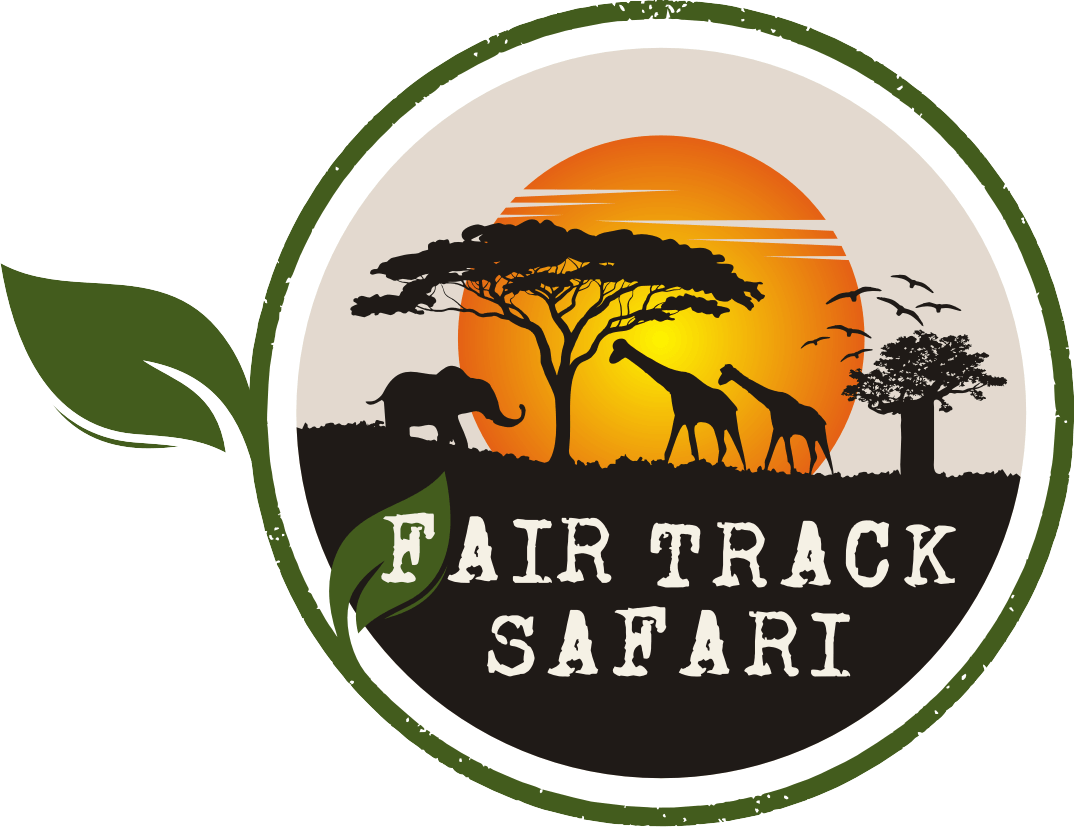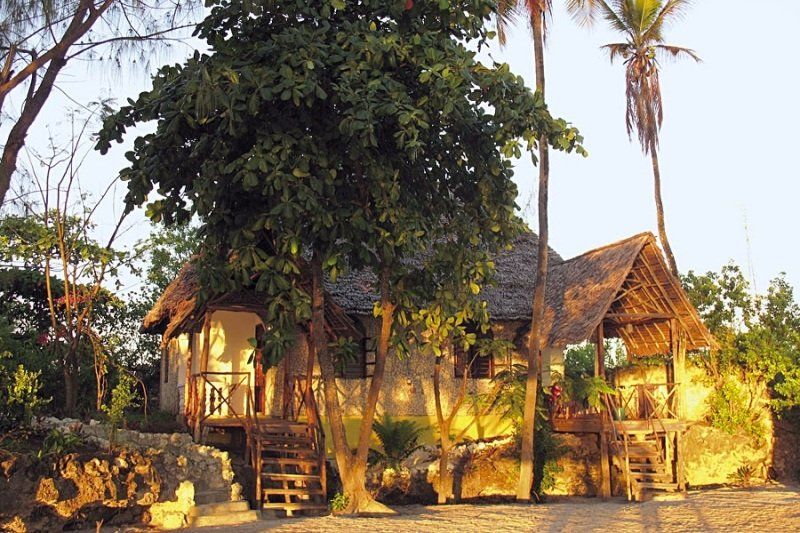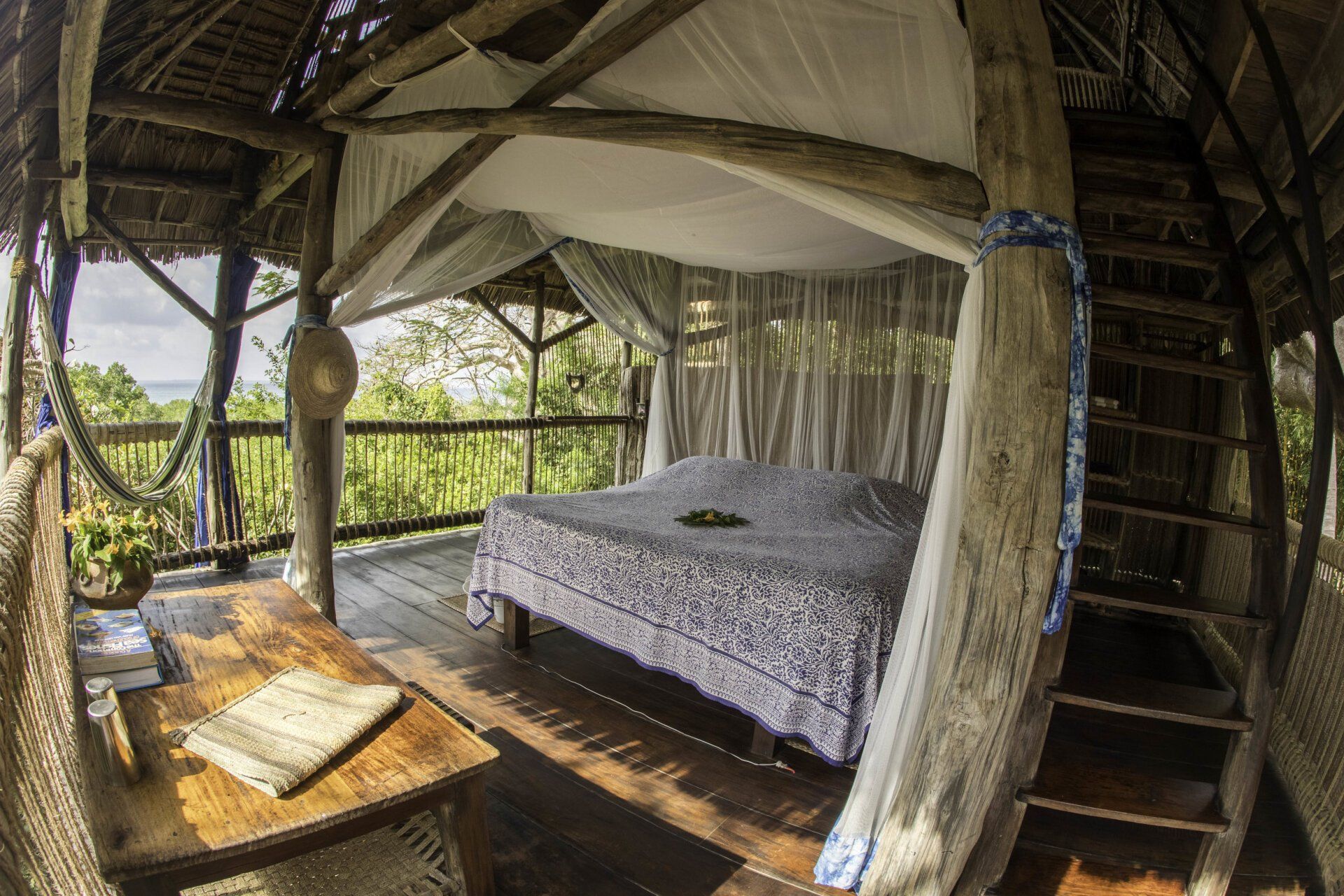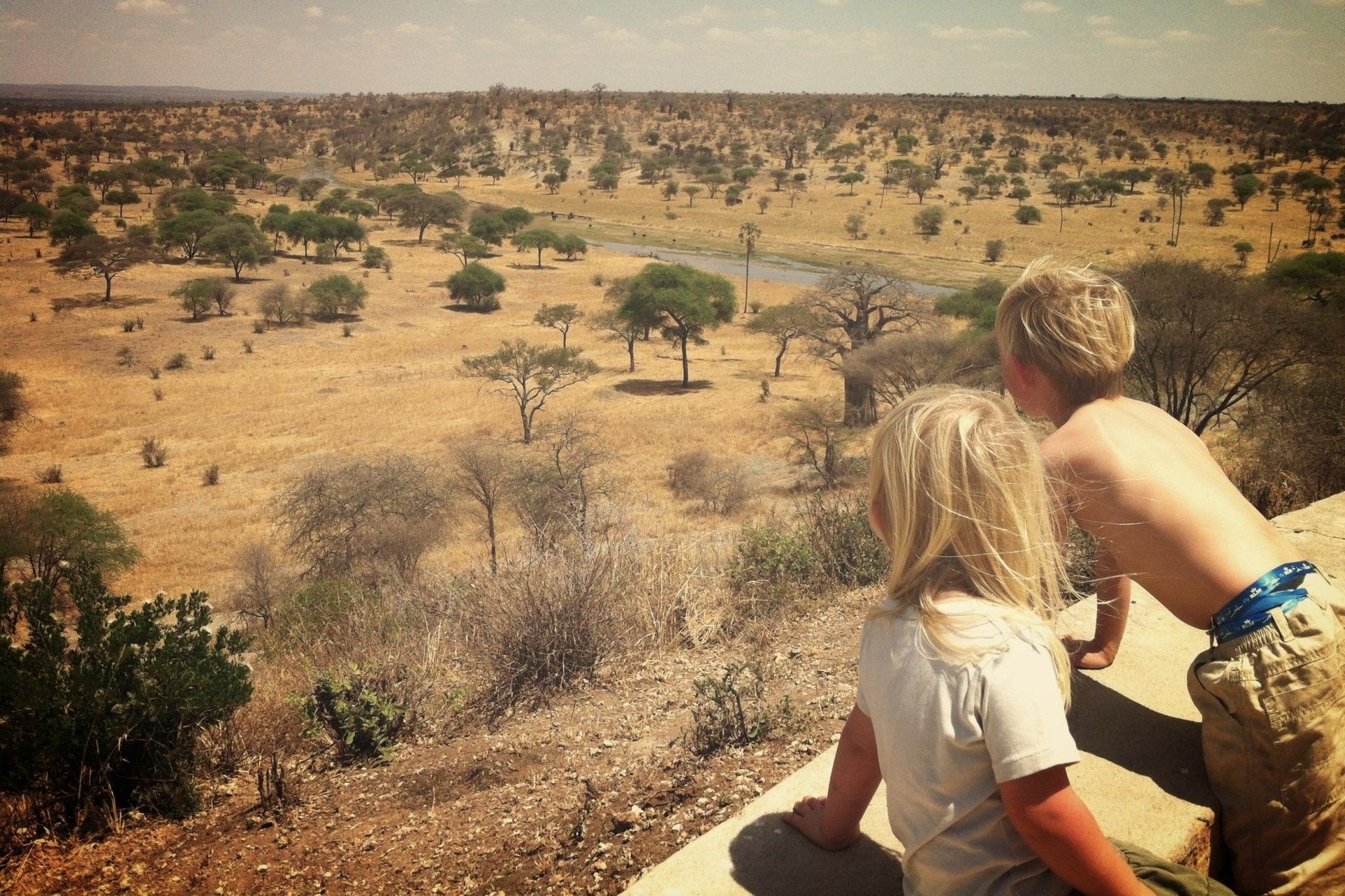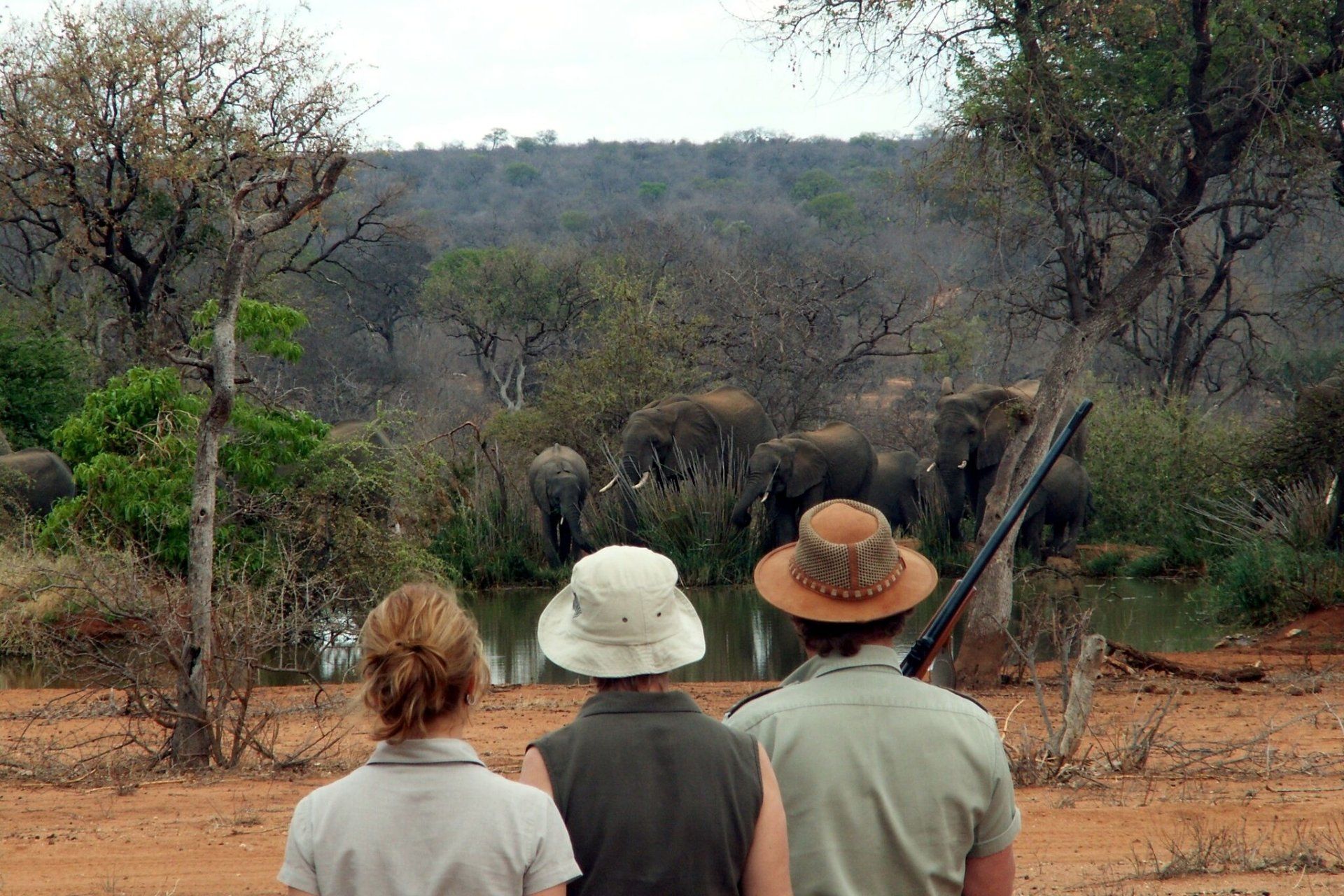Kilimanjaro
Home > Travel > Kilimanjaro
Many come to Africa to live out a dream of overcoming something big. Kilimanjaro has always been a good challenge, but it requires you to be physically strong, healthy and fit. You must be sure on your feet, have a lot of walking kilometers in your legs and be in relatively good physical shape. You must also be a good team mate, as you will be encouraging and supporting your fellow mountaineers - and also will depend on their support. Last but not least, you should be able to cope with basic limited levels of comfort. Facilities on the mountain are very basic and water for personal hygiene is very limited. Everyone climbs the mountain at their own risk. Your mountain guide has the right to interrupt the ascent at any time if he considers that the weather or your health conditions pose a threat to your safety.
Africa's highest mountain, a mighty volcano, and although it is located right in the middle of the equator, where the sun is relentless, this giant still has a glacier covering its top, making it extra remarkable.
There are many providers who make expeditions up the mountain and there are dozens of different routes to choose from. The mountain is a national park, and it is only possible to climb Kilimanjaro with an approved guide. The mountain provides an important income for many local men, and each group has a substantial team of porters, in addition to the mountain guide and cook.
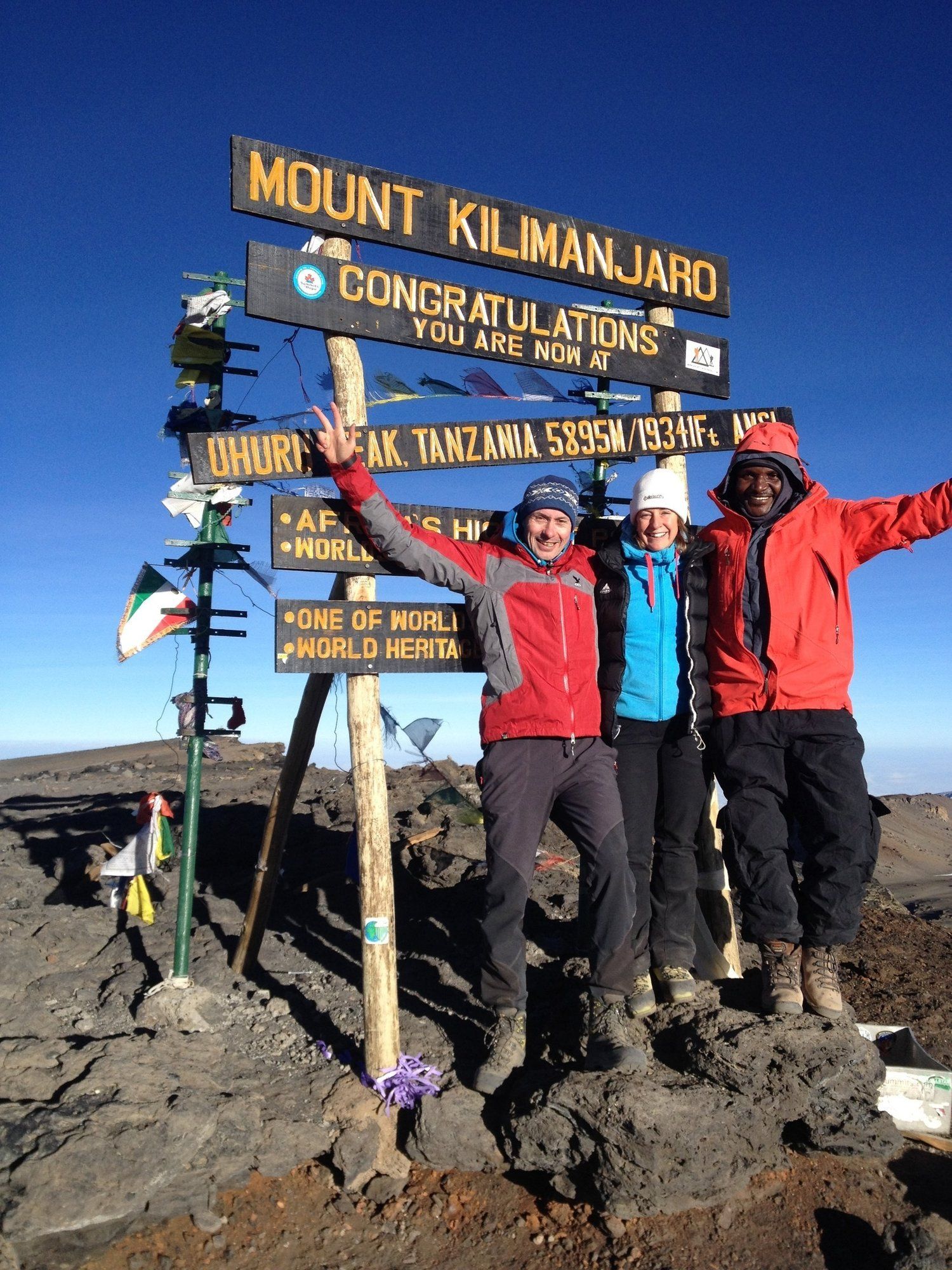
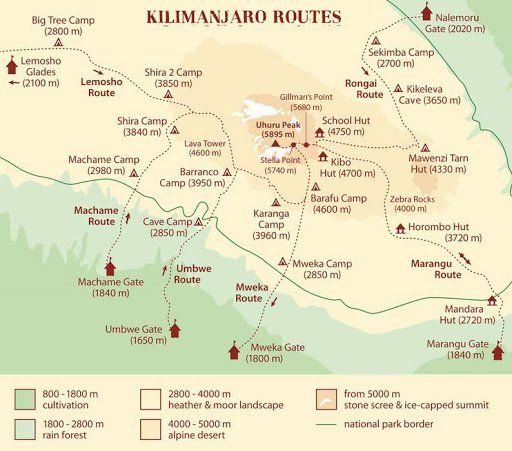
The routes on Kilimanjaro
There are several routes to the top of Kilimanjaro, Africa's highest mountain, with its highest point, Uhuru Peak at 5895 meters.
The Marangu route, also called the "Coca Cola route", is the fastest and most used route to the top. Some are content to climb Kilimanjaro in just 5 days, but the route is quite overrun, and does not offer the climber as great a natural experience as the other routes do. On the Marangu route you go up and down the mountain on the same route, "the highway" as the locals call it. You sleep in shared dormitories in smaller cabins with bunk beds along the way. On all other routes you sleep in a tent.
The Machame route is popular and scenic and takes walkers through a wide variety of landscapes. On the third day, the route merges with the Lemosho route, so there is increased traffic. A minimum of 6 days must be spent on the climb, but we certainly recommend everyone to prioritize an extra night on the mountain, which gives your body time to acclimatise which significantly increases your chances of making it to the top. The success rate of reaching the summit via this tour is high, especially with an extra night.
The Rongai route is the only one that starts from the northern side of the mountain close to the Rongai village on the border between Kenya and Tanzania. The route is relatively easy and unspoilt, and offers a different perspective on Kilimanjaro. The success rate of reaching the top is moderate.
The Lemosho route is the quietest route as far as other mountaineers are concerned, and offers an unspoiled beautiful trip with lots of great views. In the woodland around Lemosho, it is possible to see buffalo and elephant. If you don't see the animals directly, you will at least see plenty of signs and tracks of them in the area. The route is very difficult and demanding, but the success rate is high.
The Umbwe route is spectacular, the most direct and thus the most demanding route. This route is short, steep and does not provide the necessary phases for acclimatization. It is only recommended for strong acclimatized hikers and the success rate of reaching the top is not high.
The price includes:
- Flight from Denmark to Tanzania in economy class t/r2 nights at African View Lodge or similar including breakfast 5 nights in a shared two-person tent National Park fees on Kilimanjaro from the airport to the lodge t/rTransfers from the lodge to the National Park entrance t/r
The price does not include:
- Travel insurance and cancellation insuranceSleeping bag and sleeping matExtra acclimatization night on the mountainDrinksTripsDinner and lunch at African View Lodge
Additional purchases
- Extra night on Kilimanjaro: DKK NOK 2,300 Excursion to a coffee plantation with a local guide, with lunch included: DKK. NOK 600 Safari (Ask for a tailored offer) Beach holiday by the Indian Ocean (Ask for a tailored offer)
Prices are per person for 2 people sharing a room and tent on Kilimanjaro.
Price per person in shared double room:
DKK 23,490
in low season and from DKK NOK 37,990 in high season.


